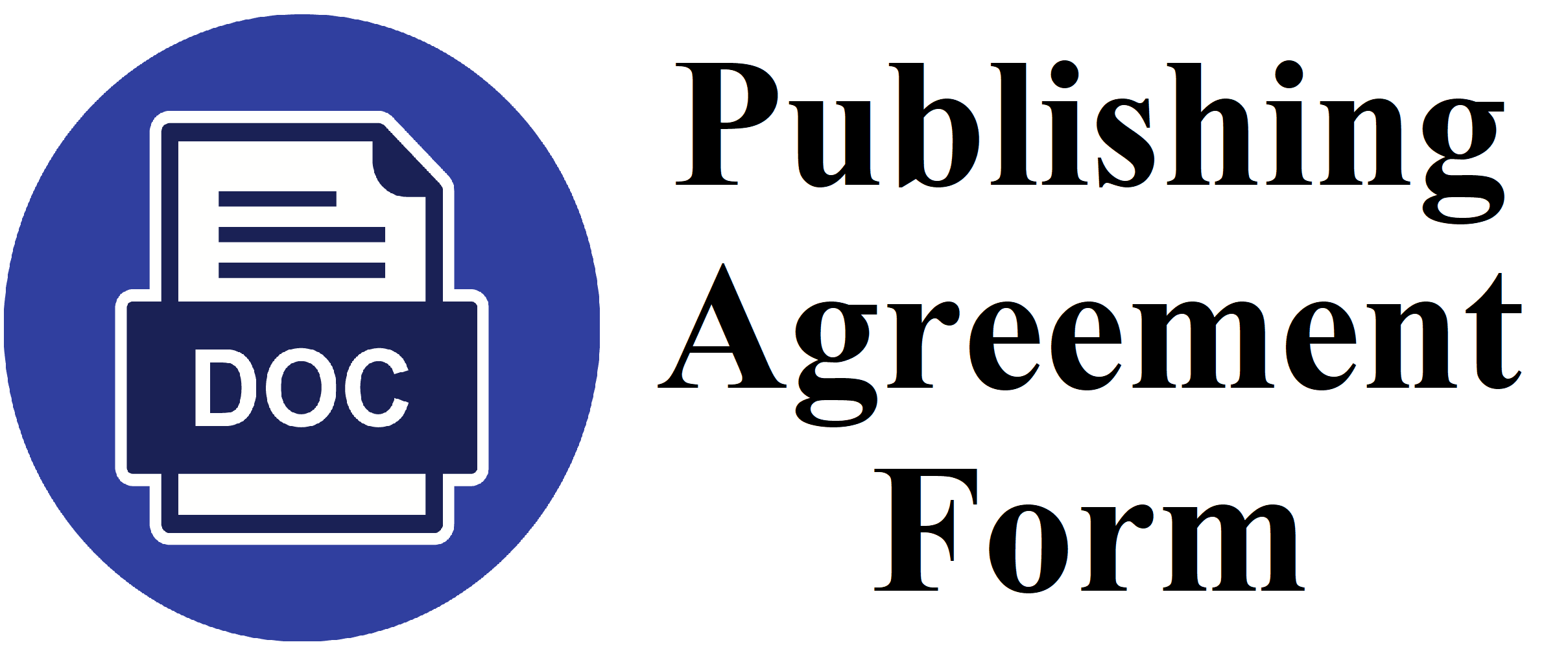Change in Exhaled Volatile Organic Compounds (VOC) Profile and Interleukin-17 Serum in Lung Cancer Patient
DOI:
https://doi.org/10.36497/jri.v43i1.316Keywords:
Interleukin-17, Lung Cancer, VOCAbstract
Background: In recent years, there have been studies regarding biomarkers for early detection of lung cancer. The expansion of tumor is accompanied by distinct metabolic process product, which results in identifiable changes in the volatile organic compounds (VOC) emission profile. The content of such molecules differs between healthy and lung cancer patients. Furthermore, the expression of Interleukin-17 (IL-17) was linked to the clinical and pathological aspects of lung cancer patients. The aim of this study is to profile the exhaled VOC and the level of IL-17 in the serum of lung cancer patient.
Methods: Fourty patients with confirmed lung cancer and 42 healthy subjects as control were gathered for this study. VOC was measured using breath analyzer and sensor array, while IL-17 was measured by ELISA. Statistical analysis was conducted using Kruskal-Wallis test and Spearman correlation test with P<0.05 considered significant.
Results: We examined 15 VOCs and found that ethanol (C2H5OH), formaldehyde (CH2O), toluene (C7H8) and ammonia (NH3) in lung cancer patient were increased significantly compared to control (P<0.05; P<0.05; P<0.05 and P=0.001 respectively). However, the level of IL-17 in control subjects was higher (P=0.299) than patients with lung cancer.
Conclusion: Ethanol, formaldehyde, toluene and ammonia can potentially be used as biomarkers for lung cancer. However, the role of IL-17 in lung cancer screening still needs further investigations.
Downloads
References
Ferlay J, Colombet M, Soerjomataram I, Mathers C, Parkin DM, Piñeros M, et al. Estimating the global cancer incidence and mortality in 2018: GLOBOCAN sources and methods. Int J Cancer. 2019;144(8):1941–53.
Rahib L, Wehner MR, Matrisian LM, Nead KT. Estimated projection of US cancer incidence and death to 2040. JAMA Netw Open. 2021;4(4):e214708.
Schabath MB, Cote ML. Cancer progress and priorities: Lung cancer. Cancer Epidemiol Biomarkers Prev. 2019;28(10):1563–79.
Li C, Lv Y, Shao C, Chen C, Zhang T, Wei Y, et al. Tumor-derived exosomal lncRNA GAS5 as a biomarker for early-stage non-small-cell lung cancer diagnosis. J Cell Physiol. 2019;234(11):20721–7.
Cassim S, Chepulis L, Keenan R, Kidd J, Firth M, Lawrenson R. Patient and carer perceived barriers to early presentation and diagnosis of lung cancer: a systematic review. BMC Cancer. 2019;19(1):25.
Li W, Dai W, Liu M, Long Y, Wang C, Xie S, et al. VOC biomarkers identification and predictive model construction for lung cancer based on exhaled breath analysis: research protocol for an exploratory study. BMJ Open. 2019;9(8):e028448.
Song L, Ma S, Chen L, Miao L, Tao M, Liu H. Long‐term prognostic significance of interleukin‐17‐producing T cells in patients with non‐small cell lung cancer. Cancer Sci. 2019;110(7):2100–9.
Tsou PH, Lin ZL, Pan YC, Yang HC, Chang CJ, Liang SK, et al. Exploring volatile organic compounds in breath for high-accuracy prediction of lung cancer. Cancers (Basel). 2021;13(6):1–14.
Oguma T, Nagaoka T, Kurahashi M, Kobayashi N, Yamamori S, Tsuji C, et al. Clinical contributions of exhaled volatile organic compounds in the diagnosis of lung cancer. PLoS One. 2017;12(4):e0174802.
van der Schee M, Pinheiro H, Gaude E. Breath biopsy for early detection and precision medicine in cancer. Ecancermedicalscience. 2018;12:ed84.
Pontel LB, Rosado I v., Burgos-Barragan G, Garaycoechea JI, Yu R, Arends MJ, et al. Endogenous formaldehyde as a hematopoietic stem cell genotoxin and metabolic carcinogen. Mol Cell. 2015;60(1):177–88.
Li X, Zhu H, Sun W, Yang X, Nie Q, Fang X. Role of glutamine and its metabolite ammonia in crosstalk of cancer-associated fibroblasts and cancer cells. Cancer Cell International. 2021;21(1):1–13.
Spinelli JB. Investigating the fate of ammonia in breast cancer [Doctoral Dissertation]. Harvard University; 2019.
Konvalina G, Haick H. Sensors for breath testing: from nanomaterials to comprehensive disease detection. Acc Chem Res. 2014;47(1):66–76.
Wu F, Xu J, Huang Q, Han J, Duan L, Fan J, et al. The Role of Interleukin-17 in Lung Cancer. Mediators Inflamm. 2016;2016.
Chen G, Zhang PG, Li JS, Duan JJ, Su W, Guo SP, et al. Th17 cell frequency and IL-17A production in peripheral blood of patients with non-small-cell lung cancer. J Int Med Res. 2020;48(6):300060520925948.
Dutkowska A, Szmyd B, Kaszkowiak M, Domańska-Senderowska D, Pastuszak-Lewandoska D, Brzeziańska-Lasota E, et al. Expression of inflammatory interleukins and selected miRNAs in non-small cell lung cancer. Scientific Reports. 2021;11(1):1–11.
Xiang C, Zha Y, Chen Q. Effect of radiotherapy and chemotherapy on levels of serum S100B, IL-6, and IL-17 in patients with malignant glioma. Eur J Inflamm. 2018;16:1–5.
Wang XF, Zhu YT, Wang JJ, Zeng DX, Mu CY, Chen Y bin, et al. The prognostic value of interleukin-17 in lung cancer: A systematic review with meta-analysis based on Chinese patients. PLoS One. 2017;12(9):e0185168.
Downloads
Additional Files
Published
Issue
Section
License
- The authors own the copyright of published articles. Nevertheless, Jurnal Respirologi Indonesia has the first-to-publish license for the publication material.
- Jurnal Respirologi Indonesia has the right to archive, change the format and republish published articles by presenting the authors’ names.
- Articles are published electronically for open access and online for educational, research, and archiving purposes. Jurnal Respirologi Indonesia is not responsible for any copyright issues that might emerge from using any article except for the previous three purposes.
















